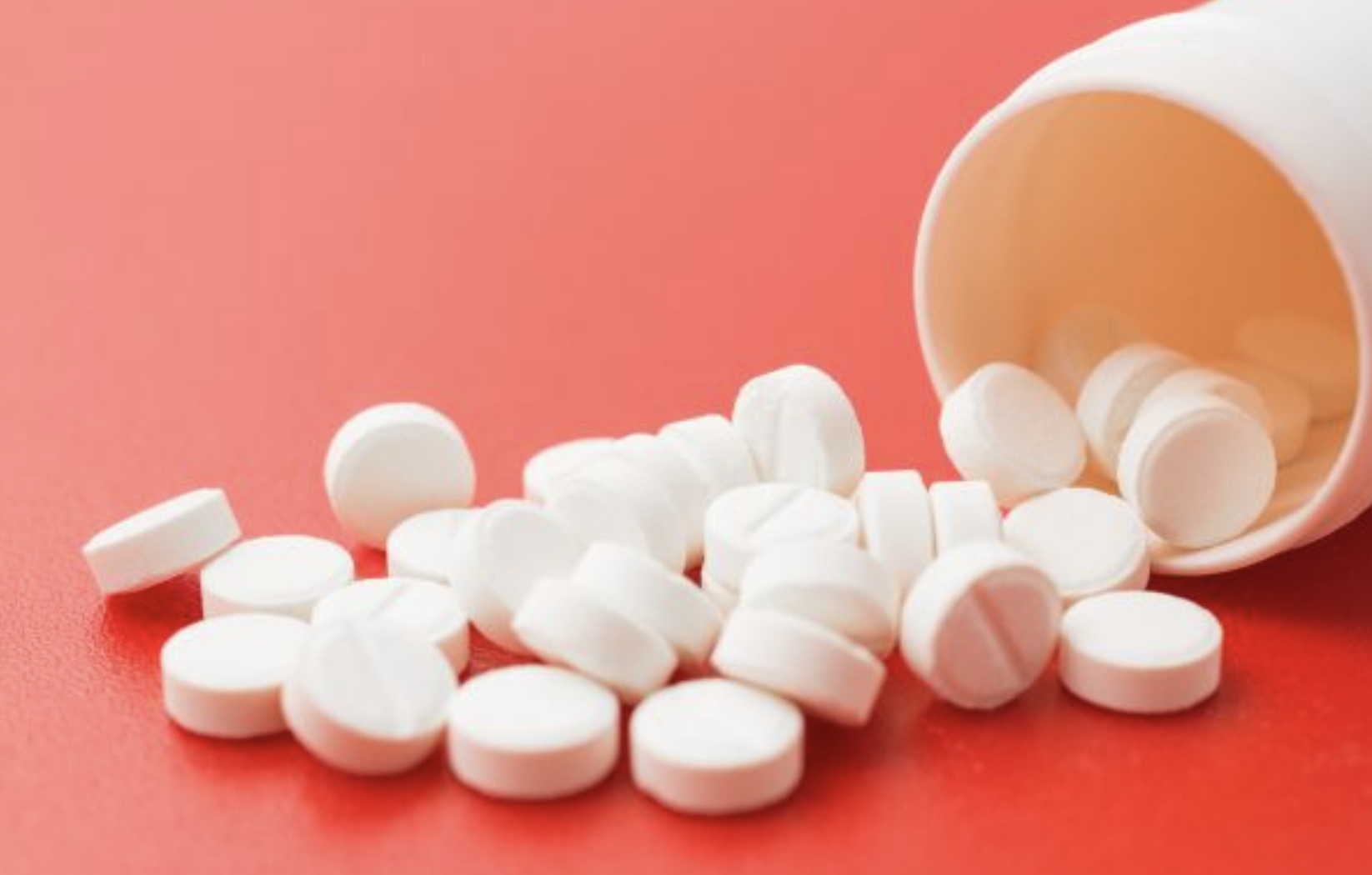
- Details
- By Levi Rickert
Opinion. Thousands of Native Americans elders stand to reap the benefits of lowered prescription drugs thanks to a new deal worked out between the Biden-Harris administration and pharmaceutical companies announced on Thursday by the White House.
This agreement will allow senior citizens on Medicare to see their prescription drug costs go down through provisions of the Inflation Reduction Act. These changes will go into effect on January 1, 2026.
All in all, some 19 million senior citizens nationwide and other Medicare Provision D beneficiaries will see on an average of $400 savings per year on prescription drugs when the out-of-pocket cap drops to $2,000 in 2025. Additionally, 1.9 million enrollees with the highest drug costs will save an average of $2,500 per year. And the lower prices negotiated for the high-spend drugs announced on Thursday will go into effect in 2026.
The newly negotiated prices are expected to save millions of seniors nationally and other Medicare beneficiaries $1.5 billion in out-of-pocket costs in the first year of the program alone.
Drugs Subject to Negotiations in 2026
1. Eliquis, for preventing strokes and blood clots, from Bristol Myers Squibb and Pfizer
2. Jardiance, for diabetes, heart failure and chronic kidney disease, from Boehringer Ingelheim and Eli Lilly
3. Xarelto, for preventing strokes and blood clots, from Johnson & Johnson
4. Januvia, for diabetes, from Merck
5. Farxiga, for diabetes, heart failure and chronic kidney disease, from AstraZeneca
6. Entresto, for heart failure, from Novartis
7. Enbrel, for autoimmune conditions, from Amgen
8. Imbruvica, for blood cancers, from AbbVie and Johnson & Johnson
9. Stelara, for autoimmune conditions, from Johnson & Johnson
10. Fiasp and NovoLog insulin products, for diabetes, from Novo Nordisk
Among the lists of drugs several are used to treat patients with diabetes.
All of this is welcome news for Indian Country because American Indians and Alaska Natives have the highest rates of diabetes (14.7 percent) among all racial/ethnic groups in the United States. Diabetes is the fourth-leading cause of death among Native Americans across Indian Country.
It wasn’t always the case among the Indigenous people across the land that is now the United States of America.
Dr. Valarie Blue Bird Jernigan (Choctaw Nation of Oklahoma), director of the Center for Indigenous Health Research and Policy at Oklahoma State University maintains that income, food insecurity, access to exercise, and community resource funding as main drivers of the diabetes epidemic in Native populations.
There is no question the pre-Columbian Indigenous eating habits were healthier than they are today in the United States. Today’s diets are laden with foods that have preservatives filled with sodium and sugar products that contribute to diabetes.
On June 7, 2024, U.S. Department of Health and Human Services released a report entitled, Health Insurance Coverage and Access to Care among American Indians and Alaska Natives: Recent Trends and Key Challenges, which described the disproportionate health disparities faced by American Indians and Alaska Natives (AI/AN) as compared to other racial and ethnic groups.
“The American Indian/Alaska Native (AI/AN) population is disproportionately affected by certain health conditions such as diabetes and has higher mortality rates from liver disease, diabetes, chronic lower respiratory diseases, suicide, and accidents compared to other Americans,” the report notes. “In addition to limited health care access, several other factors that affect health outcomes are more prevalent in many AI/AN communities compared to the U.S. general population, such as poor infrastructure, lack of adequate sanitation facilities, and lack of access to a safe drinking water supply. Historical trauma – the long-term intergenerational effect of colonization and historical cultural suppression of Indigenous peoples – also contributes to health disparities in AI/AN communities.”
The latest information supplied by the American Community Survey shows 10.2% of AI/AN were covered by Medicare in 2013-2017. Individuals who are on Social Security disability are eligible for Medicare. Some 4.5% of AI/AN with disabilities are under the age of 65 and are eligible to be on Medicare.
So, the news on Thursday by President Biden and Vice President Harris will benefit tens of thousands of Native Americans who will be able to use the extra dollars saved.
Thayék gde nwéndëmen - We are all related.
More Stories Like This
Technology Rooted in Tradition is Strengthening Cherokee NationThe Lumbee Tribe of North Carolina: #575
Tribes Do Not Need a Greenlight to Build Renewable Energy
Law Should Not Get in the Way When "Manifest-ing Destiny"
Celebrating 35 Years of Gaming Success
Help us defend tribal sovereignty.
At Native News Online, our mission is rooted in telling the stories that strengthen sovereignty and uplift Indigenous voices — not just at year’s end, but every single day.
Because of your generosity last year, we were able to keep our reporters on the ground in tribal communities, at national gatherings and in the halls of Congress — covering the issues that matter most to Indian Country: sovereignty, culture, education, health and economic opportunity.
That support sustained us through a tough year in 2025. Now, as we look to the year ahead, we need your help right now to ensure warrior journalism remains strong — reporting that defends tribal sovereignty, amplifies Native truth, and holds power accountable.
 The stakes couldn't be higher. Your support keeps Native voices heard, Native stories told and Native sovereignty defended.
The stakes couldn't be higher. Your support keeps Native voices heard, Native stories told and Native sovereignty defended.
Stand with Warrior Journalism today.
Levi Rickert (Potawatomi), Editor & Publisher


